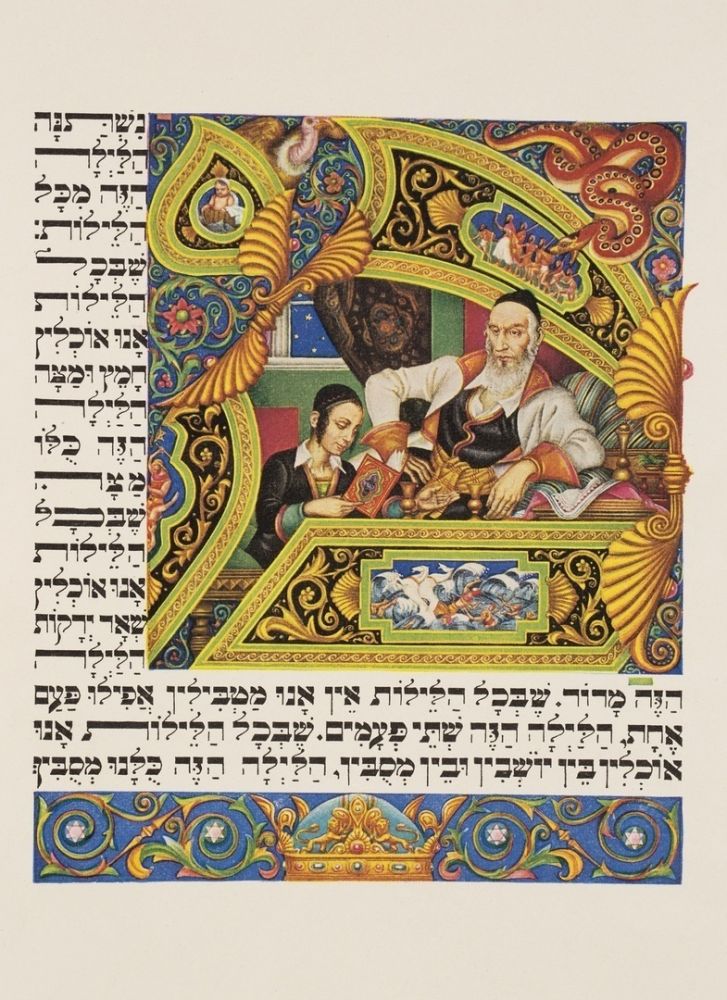- News
- Events
- Oneg Shabbat
- Collections
- Research
- Exhibitions
- Education
- Publishing Department
- Genealogy
- About the Institute
- Bookstore


The Passover Haggadah is the story of the Jews’ liberation and departure from Egypt. The Haggadah is read during the Seder — the ritual feast that marks the beginning of Passover. Every Jewish household should posses a copy of the text; in fact every adult Jew should have one.
Due to the upcoming Passover, editions of Haggadot and Mahzorim starting from the late 19th century up to the newest ones published in the 21st century have appeared on the shelves of the Reading Room belonging to the JHI’s Library. Below we present photographs of a few selected editions. All the Haggadot are beautifully illustrated and published with great care.
The JHI’s Library has a wide collection of old prints. One of the items we are especially proud of around Passover is an illustrated Haggadah published in Sulzbach in 1731 by Meshulam Zalman ben Ahron: “The printing house was established in 16999 by his father Aharon Frenkel. He continued his father’s legacy for forty years, from 1724 to 1767. This Haggadah contains a commentary by Don Icchak Abrawanel (1437–1508) a politician, philosopher and exegete, active in Portugal and Spain, and after the Jews were driven out, in Venice. Three songs, including Echad Mi Yodea (Who Knows One?), are accompanied by Yiddish translations. The text has some woodcut illustrations and any woodcut initials. The title page has the Latin sentence «Cum Licentia Serenissimi» confirming that religious censors approved its print.” (Magda Bendowska, Jan Doktór, The Hidden World of Libraries. Old Hebrew Prints from the Jewish Institute’s Collection; JHI, Warsaw 2011; page 109)
One of the most beautiful Haggadot is the one illustrated by Artur Szyk published in London in 1940. The reproductions below come from the Jerusalem edition from 1961.
To give you an overview of the Haggadot we chose some examples from the JHI’s Library.
Combining tradition and modernity we recommend you look at the electronic versions of Machzorim available at the Central Jewish Library where you will also find many beautiful Haggadot — 1,2,3,4,5
We invite anyone interested in seeing the “live” Haggadot to visit the JHI’s Library.